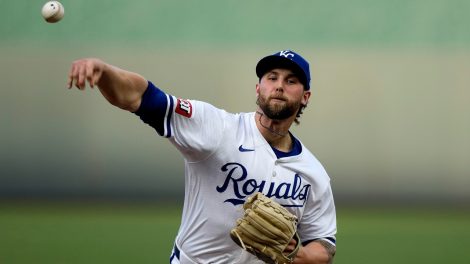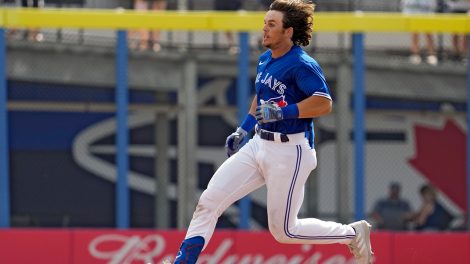Clint Hurdle has benefited a lot from successful defensive shifts in recent years, but the Pittsburgh Pirates manager was initially skeptical.
He started by taking a hard look at years of minor-league defensive data. Yet it wasn’t until he tried shifts at the big-league level and saw the results for himself that he and the Pirates increased their use of shifts dramatically.
“I watched how the defence was set up, where the stakes were put,” Hurdle says. “Not common stakes of shortstop, first base, second and third, but how they could be adjusted.”
Hurdle says the Pirates started shifting during his first couple of seasons on the job, 2011 and 2012. But once Hurdle got to know Pirates analysts Dan Fox and Mike Fitzgerald, the Pirates ‘just pushed it all-in’ during the 2013 season, shifting 494 times on the way to their first playoff appearance in two decades (as Travis Sawchik documents in the upcoming book Big Data Baseball). In 2014 they shifted even more — 659 times — and reached the playoffs again.
The idea is to put defenders where balls are most likely to be hit, regardless of whether that alignment conforms to traditional defensive alignments. This means deploying defenders strategically based on the information teams gather on batted ball patterns. While shifts can only impact a team’s run prevention so much, they have the potential to lead to an extra win here or there over the course of 162 games.
The Pirates have no intention of turning back now, with more sophisticated outfield shifts gaining prominence in Pittsburgh.
“We stay ahead of the curve, we stay ahead of the bar and it just makes sense,” Hurdle says. “I need to be a lifelong learner. In karate, they call it a white belt. I need to be a learner. This has given me an opportunity to re-energize, to re-ignite, to re-plug in to something that’s significant. It’s made our team better.”
They’re not the only ones. On average, teams shifted nearly three times more per game in 2014, according to Baseball Info Solutions.
After a season that saw the Pirates and Kansas City Royals both earn post-season berths, the Toronto Blue Jays own the longest playoff drought in baseball. The shift is one of many tools they’ve been using to try to end it.
Toronto may not be thought of as a particularly pro-active defensive team under manager John Gibbons, but they used defensive shifts a little more than four times per game in 2014, making them one of baseball’s most defensively aggressive teams.
Now, as the Blue Jays prepare for a make-or-break season, they have the pieces in place to field a better defensive team. Newcomers Russell Martin, Michael Saunders and Justin Smoak profile as upgrades defensively. Consider that Juan Francisco played 74 games at third for last year’s Blue Jays and the chances that Josh Donaldson provides an upgrade seem good. Throw in Dalton Pompey — described by Baseball America as perhaps the ‘finest defensive centre-fielder among prospect-eligible players’ — and it’s clear Toronto’s defenders could be considerably better.
That’s significant, since as scoring declines around baseball there’s a premium on defence. But having the right defenders is only one part of the challenge. Building on last year’s success will mean deploying them strategically.
And if the shift keeps working in Toronto, the Blue Jays will be that much closer to joining the Pirates in the post-season.










